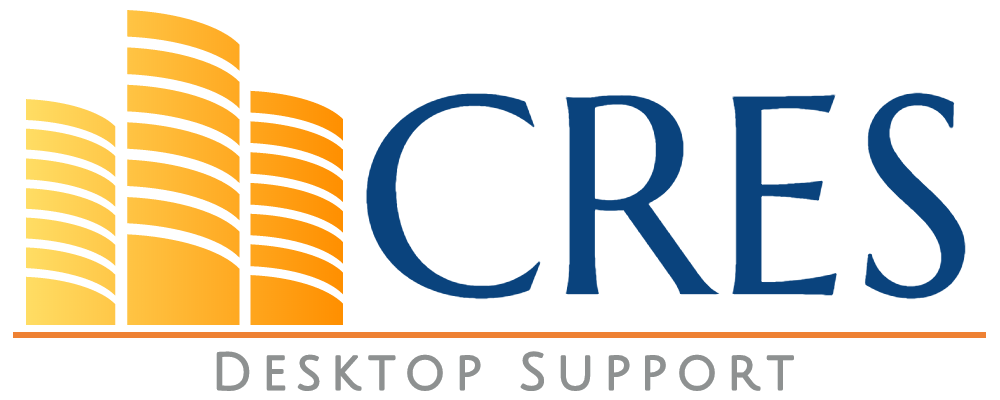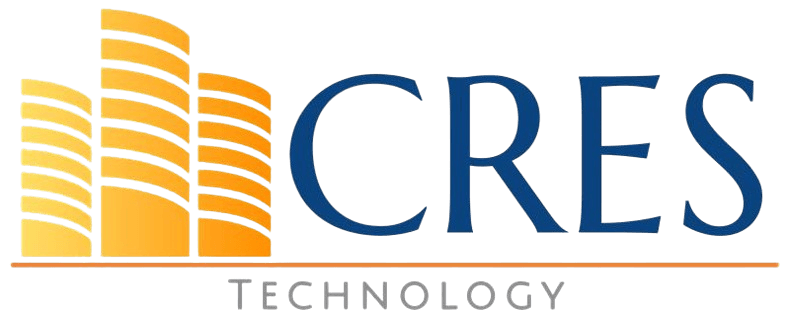
As a business user, you know how frustrating it can be when your computer or system isn’t working as it should. That’s where Desktop Support comes in – the unsung heroes of the IT department. They’re the ones who can swoop in to save the day, ensuring that your technical issues are resolved quickly and efficiently, and you can get back to work. But good IT support is hard to find. People often have substandard support but they are too afraid to change the provider. It’s like “The devil you know versus the devil you don’t”. In this article, we’ll explore the key features of excellent Desktop Support, and how it can help minimize downtime, reduce IT costs, and enhance departmental efficiency.
Key Features of the Seamless User Support Process
Before we dive into the key features, let’s ask ourselves a simple question: are you satisfied with your current Desktop Support provider? Does the current service include these features? If not, you may be missing out on the benefits of a seamless User Support process that can make a difference in your business performance and productivity. Here are some of the features that you should look for in a Desktop Support provider, and why they matter.
1. Understanding User Needs
A foundational aspect of Desktop Support is understanding the unique needs of end-users. Effective communication and active listening skills are crucial to comprehensive user issues and provide tailored solutions.
2. Identifying Common User Issues & Resolution
Desktop Support professionals should be adept at identifying common issues faced by users. A comprehensive knowledge base and troubleshooting skills enable quick issue resolution, minimizing disruptions to user productivity.
3. Technical Proficiency in Desktop Support
A mastery of technical skills is paramount. Desktop Support staff should be well-versed in operating systems, software applications, and troubleshooting methodologies to address a wide array of user concerns effectively.
4. Hardware Troubleshooting
Desktop Support extends beyond software issues to encompass hardware troubleshooting. Proficiency in diagnosing and resolving hardware problems ensures a holistic approach to user support.
5. Resolving Network Configuration Problems
Understanding and resolving network configuration issues is crucial for seamless user support. A Desktop Support professional should possess the skills to troubleshoot network connectivity problems swiftly.
6. Proactive Support and Preventive Maintenance

Anticipating potential issues and addressing them before they escalate is a hallmark of excellent Desktop Support. Regular system check-ups and maintenance routines prevent potential issues from surfacing. This proactive approach ensures that systems are running optimally, enhancing overall efficiency. A reliable service provider uses Remote Monitoring & Management (RMM) software to proactively update workstations with the latest operating system patches, security updates, and latest drivers. If you have a high number of helpdesk tickets and the trend is not declining, that’s a tell-tale sign that proactive support is not working.
7. Feedback Mechanisms
Encouraging feedback from end-users provides valuable insights into the effectiveness of Desktop Support services. A robust feedback mechanism allows for continuous improvement and better user satisfaction.
8. Staying Updated on Latest Hardware and Software Trends
The IT landscape evolves rapidly. Desktop Support professionals must stay abreast of the latest hardware and software trends to provide cutting-edge solutions and maintain a secure environment.
9. Continuous Improvement in Desktop Support
Embracing a culture of continuous improvement is essential. Regular training sessions and skill enhancement programs keep Desktop Support teams at the forefront of industry best practices.
10. Staying Updated on the Latest Hardware and Software Trends
Duplication intended? While staying updated is essential, emphasizing it twice underscores its significance. Always be on the lookout for emerging technologies that can enhance user support services.
Tools and Technologies
To execute the above-mentioned features effectively, Desktop Support must use various tools and technologies. These include:
- Remote Monitoring and Management Software: This software proactively updates workstations with the latest operating system patches, security updates, and latest drivers, as well as identifying and resolving network problems. It also facilitates remote troubleshooting and support.
- A Broad-based Helpdesk Systems: Streamline issue tracking and resolution. A good helpdesk system is integrated with Artificial Intelligence (AI). The AI-based system helps support engineers quickly identify and resolve problems.
- Diagnostic Tools: Aid in identifying and resolving hardware and software issues.
- Knowledge Base Platforms: Centralized repositories for quick issue resolution
Conclusion
When it comes to Desktop Support, excellence is not an option but a necessity. By understanding user needs, mastering technical skills, and leveraging the right tools, Desktop Support professionals can minimize downtime, reduce IT costs, and optimize departmental efficiency. Staying updated on the latest trends, actively seeking feedback, and embracing a culture of continuous improvement are the pillars of a successful Desktop Support strategy. After all, supporting desktops is not just about fixing computers; it’s about supporting the heartbeat of an organization.
How we can help:
We offer proactive Desktop Support to ensure the health of your computers, phone systems, and mobile devices so that you don’t face any operational challenges.

Many of our new clients faced operational challenges and needed help. Very often their IT service providers worked in a reactive way, meaning they would wait for problems to happen and then fix them. This approach was counterproductive, wasted time, and cost more. Our approach is to be proactive.
That is what makes CRES Technology stand out from the rest. Unlike most MSPs, we take action to prevent operational challenges from ever happening. We take a proactive approach to perform routine preventive maintenance on your computers, phone systems, and mobile devices. This service also includes desktop and Office 365 cloud applications, configuring your printers, copier, and troubleshooting issues with network connectivity.
About Waqar Hussain

CRES Technology – Director of IT Services
A technology leader with outstanding knowledge, technical expertise, and a proven track record of leading complex infrastructure projects and managing help desk teams.





